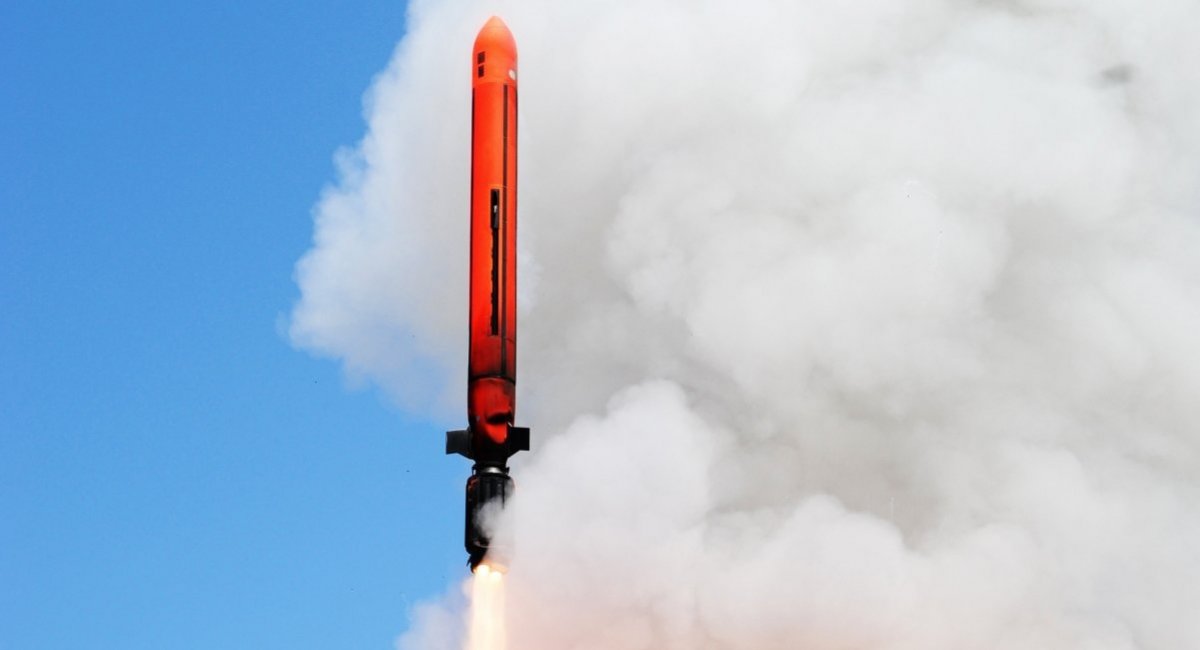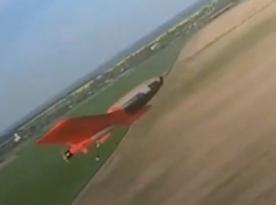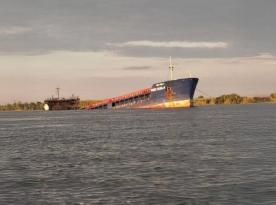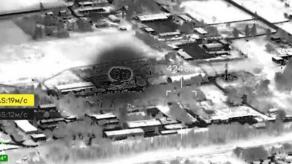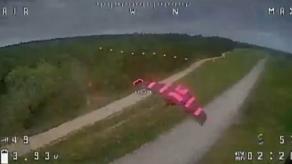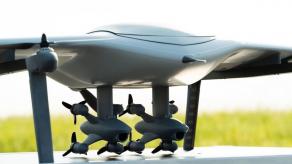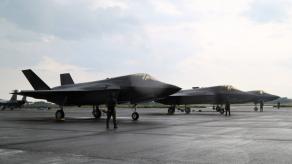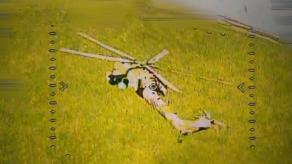After French President Emmanuel Macron, with a map of the battles in Ukraine in hand, declared that the Ukrainian Armed Forces have the right to "neutralize the military sites from which the missiles are fired," the key question remained is what kind of weapons to use for that purpose. France has already been supplying SCALP / Storm Shadow cruise missiles but there are more long-range assets that Paris still holds to itself.
A brief reminder: the opinion that weapons for Ukraine must have a maximum range limit of 300 km is the result of the informal Missile Technology Control Regime. Ultimately, it was the russian federation who undermined the viability of this export control treaty — once it announced and soon started the transfer of Iskander SRBM systems to belarus, including R-500 land-based cruise missiles (range: ~1,500 km) and 9M723 ballistic missiles (500 km).
Read more: Signs that Ukraine Prepares to Attack russia's Territory with Long-Range Missiles, Appeared
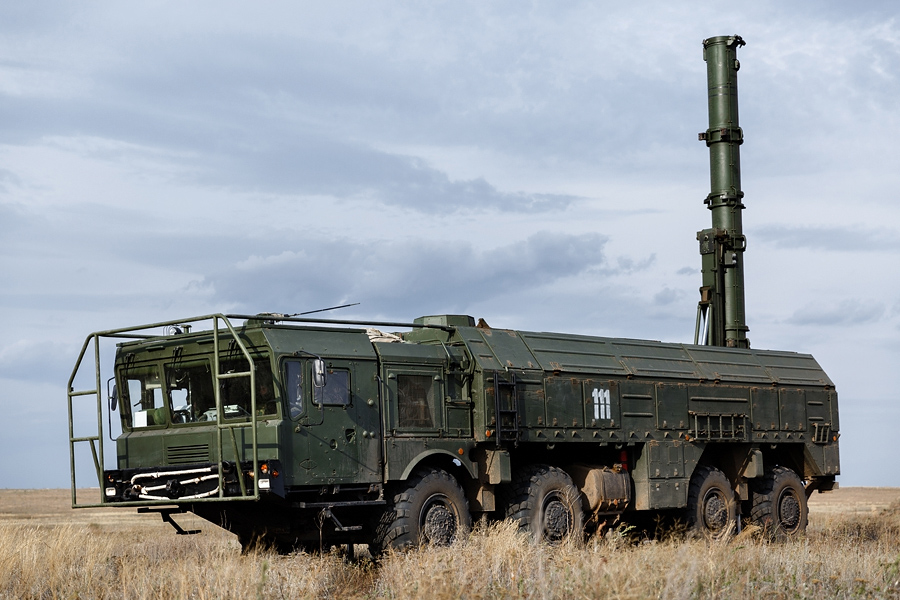
Thus, speaking of SCALP cruise missiles from France, the main range limitation was precisely the ban on using them for strikes on the territory of russia. However, let's keep in mind that the main targets for SCALP are protected facilities, such as command centers, communication nodes, ammunition depots, etc. And not all types of targets can be effectively hit with these bunker-buster missiles.
For example, Ukraine still lacks a reliable tool for disabling enemy airfields, especially in the near-frontline areas where russian tactical aircraft regularly take off for bombing missions. One well-known solution is, of course, ATACMS in the cluster warhead version. But France also has an effective solution of its own, it's called the Apache cruise missile, the predecessor of SCALP.
The Apache missile has a unique cluster warhead consisting of 10 KRISS submunitions (each weighing 51 kg), specifically designed to destroy runways. The KRISS can penetrate up to 30 cm of concrete, and the special feature is that it comes with a delayed action fuze maximizing the demolition effect of explosion.
One and the most important shortcoming of the Apache in the current conditions is the short attack range of this missile. The absolute majority of sources estimate it to be around 140 km. This is an extremely short distance, for comparison, the Millerovo air base in the Rostov region is 155 km from the front, the Baltimor airfield near Voronezh is 175 km from the Ukrainian border, and Belbek near Sevastopol in the occupied Crimea is 230 km away.

Another problem with Apache is the small number of missiles produced. A total of 100 units were manufactured; the initial plan was to make 500 but it was reduced due to the end of the Cold War. The development of Apache began in 1986, and was completed during the times of budget cuts for defense programs in the 1990s. Therefore, the real number of Apaches in a combat-ready condition remains in question.
A non-standard solution would be considering the latest version of Exocet MM40 Block 3 anti-ship missile, which has the declared ability to fly over land and hit ground targets. This missile has an operational range of 200 km, and uses active radar homing for guidance. The weight of the high-explosive warhead is 165 kg.
Although it is a missile designed for sea platforms, creating an ersatz land-based launcher should not be a problem. But again, the problem is the quantity because the Exocet MM40 Block 3 supplies to the French Navy started only a little while ago, in 2022. While the Exocet series generally enjoys popularity among many countries, the capability of targeting land-based objects wasn't declared for its previous versions.

Another, but of course already absolutely fantastic option for Ukraine in France's arsenal is the Missile de Croisière Naval — MdCN. Although this cruise missile was created on the basis of SCALP, it has an impressive range of 1,000 km and a powerful 250-kg warhead. This is practically the French analog of the shipborne Tomahawk. The issue here is that France values these weapons almost as high as strategic ones, especially considering their scarcity: most sources estimate there are about 200 units in stock.
The MdCN is carried and launched by Aquitaine-class frigates and Suffren-class submarines. Therefore, if we consider only the technical aspect of the issue, the use of MdCN in the Ukrainian Armed Forces would necessitate creating a land-based system with the Sylver A-70 multi-weapon launcher.
Read more: France Finds Sending SCALP Missiles to Ukraine Four Times Cheaper than Scrapping Them




